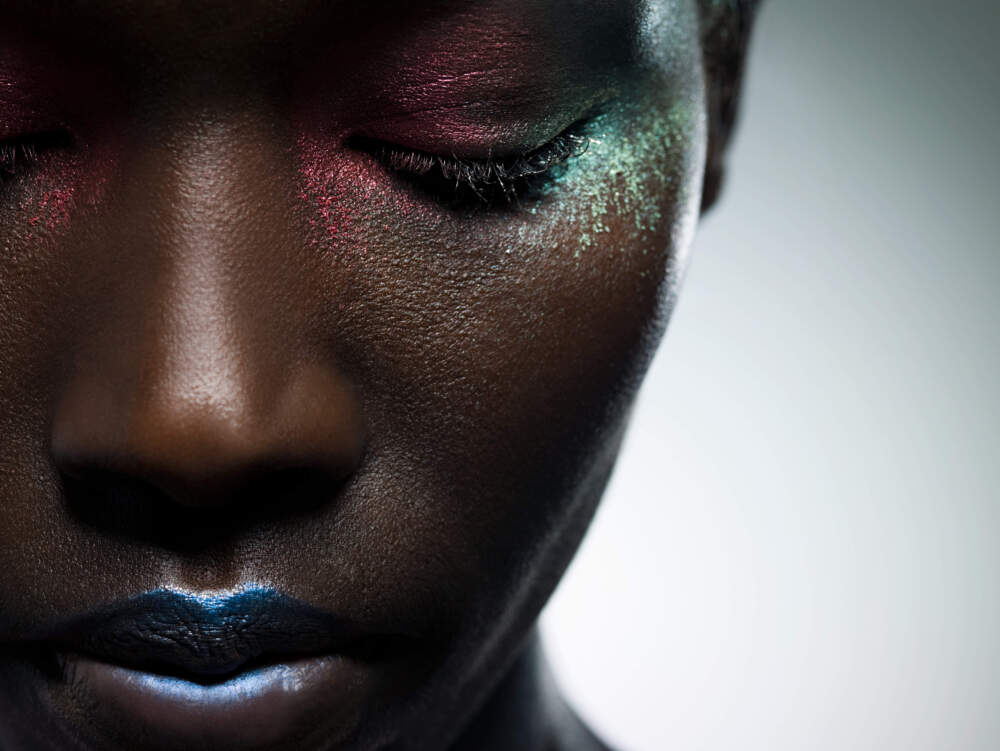Advertisement
Glitter's microplastic problem: The environmental case for breaking up with glitter in makeup
Resume
At Taylor Swift and Beyoncé’s iconic tours last year, countless fans dressed the part by adorning their faces with glitter. But what happens to all that shimmer when the final song ends?
Glitter — a microplastic — washes off into landfills and waterways where it lives for a thousand or more years, impacting water and wildlife. Beauty journalist Jessica DeFino is calling for people to give up glitter in makeup.
“Over hundreds of years, [glitter] breaks up into smaller and smaller microplastic particles, which go on to infiltrate the water supply, the air, soil, animals, and even human bodies, causing negative health effects to people, on the planet,” DeFino says. “When I am buying and applying makeup, I personally find it very empowering to live according to my values and my principles.”
Dr. Victoria Miller at North Carolina State University told the New York Times in 2018 that she believes glitter is not at all good for the environment, but “we've got bigger fish to fry.” And glitter empowers and sparks joy for those who use it.
But glitter serves as a metaphor for how it impacts the environment, DeFino says. When one person decides to wear glitter, it ends up all over the people around them by the end of the night — much like how individual decisions to purchase glitter add up to billions of dollars in profits and long-term consequences.
To solve the climate crisis, she says, every small effort counts.
“On the macro level, we may need to rethink our concepts of joy and happiness,” DeFino says, “and why something that causes so much environmental destruction signals joy to us.”
The beauty industry is estimated to grow to $580 billion by 2027. Alternative options like mica and plant-based glitter are billed as more eco-friendly, but recent studies show washing these products off our faces and down the drain still adversely impacts aquatic environments, DeFino says.
“There are slightly better options, but there is really no such thing as sustainable glitter,” she says. “I think we should do is explore other ways of finding joy and expressing ourselves that don’t require us to wash microplastics into our water supply.”
The European Union banned the sale of several types of glitter last year to reduce the release of microplastics. DeFino encourages people to call their local legislators and advocate for similar policies.
Gabrielle Healy produced and edited this interview for broadcast with Todd Mundt. Allison Hagan adapted it for the web.
This segment aired on January 4, 2024.


